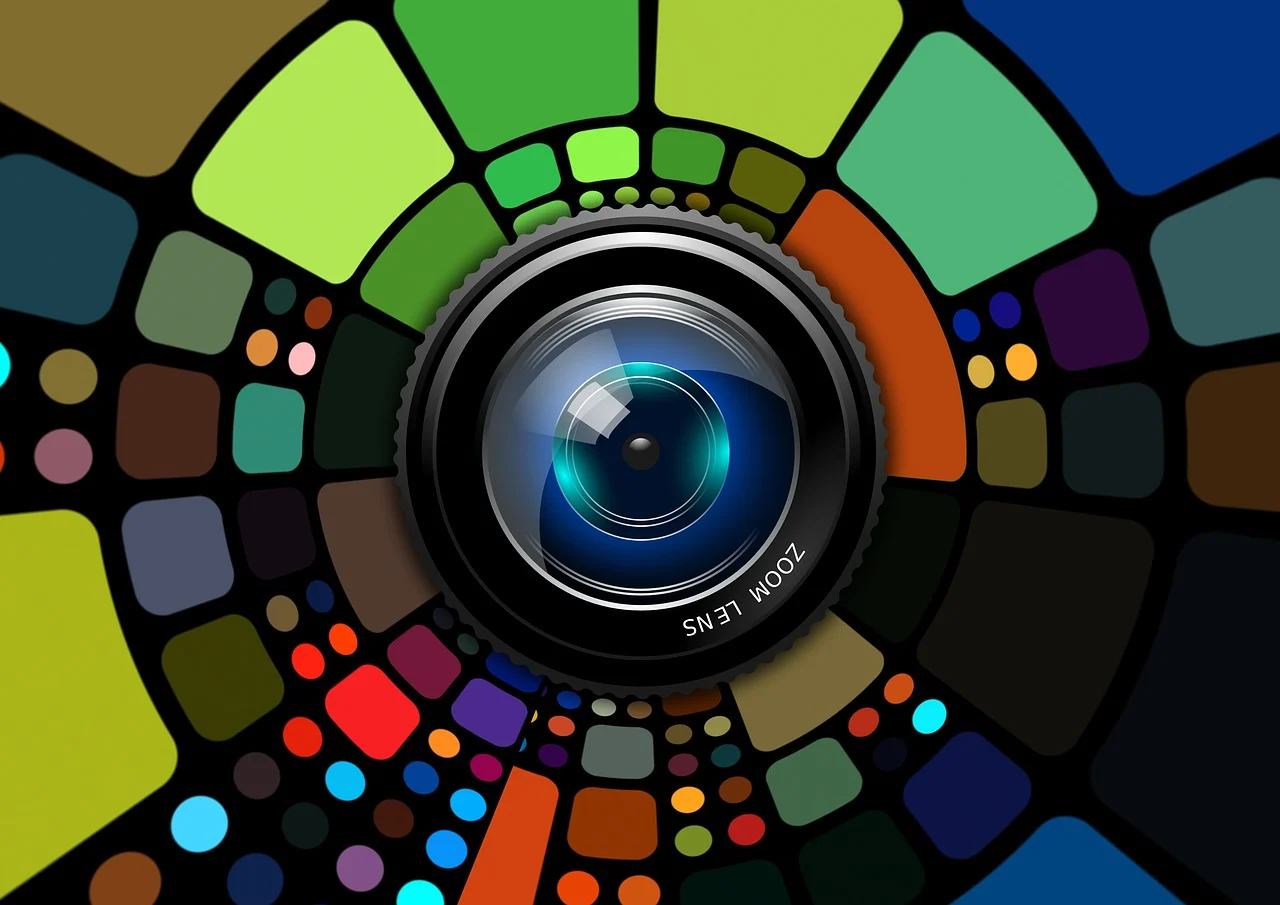In today’s digital-first world, a website is more than just an online presence—it’s a brand’s identity, a marketing tool, and often the first point of contact between a business and its audience. Web design, once focused merely on visual aesthetics, has evolved into a complex blend of creativity, psychology, and technology. A successful website today must not only look appealing but also be functional, responsive, and user-centric.
This article explores the essential elements of modern web design, its evolution, emerging trends, and how it continues to shape the digital landscape.
The Evolution of Web Design
When the first websites appeared in the early 1990s, design was an afterthought. Pages consisted of simple text, hyperlinks, and basic layouts. As internet usage grew, so did expectations. By the 2000s, web design began incorporating color schemes, navigation menus, and multimedia content. The introduction of CSS (Cascading Style Sheets) revolutionized the field, allowing designers to separate style from structure and achieve more creative layouts.
Fast forward to the 2010s, the rise of smartphones and tablets transformed how designers approached the web. Responsive design, a concept introduced by Ethan Marcotte in 2010, became essential—ensuring websites looked and functioned seamlessly across all devices. With users increasingly browsing on mobile, adaptability became non-negotiable.
Today, web design has become an interdisciplinary craft that merges UI/UX design, branding, coding, and accessibility into one cohesive experience. It’s no longer about building static pages but creating interactive, living systems that respond to user behavior and business goals.

The Core Principles of Modern Web Design
Effective web design is guided by principles that ensure both usability and appeal. These principles include:
-
User-Centered Design (UCD) – Every decision should prioritize the user’s needs, preferences, and behaviors. A beautiful website means little if visitors can’t easily find information or complete actions like purchasing a product or signing up for a service.
-
Visual Hierarchy – The human eye naturally follows certain patterns when scanning a page. Designers use size, color, contrast, and spacing to guide users toward the most important elements—like headlines, buttons, and calls to action.
-
Consistency – Fonts, colors, and design elements should remain uniform across all pages. Consistency creates a sense of familiarity, improving user trust and navigation.
-
Accessibility – A good design is inclusive. Websites should comply with WCAG (Web Content Accessibility Guidelines) to ensure that people with disabilities, such as visual or hearing impairments, can navigate and interact with content effectively.
-
Performance Optimization – Fast-loading websites improve user experience and search engine rankings. Techniques like image compression, lazy loading, and efficient coding practices help reduce page load times.
-
Mobile Responsiveness – In an age where over 60% of internet traffic comes from mobile devices, responsive design is crucial. Layouts should automatically adjust to different screen sizes, providing the same functionality and visual appeal.
-
Search Engine Optimization (SEO) – Design and SEO go hand-in-hand. Clear site architecture, fast loading, and proper HTML structure help search engines understand and rank content.
The Role of User Experience (UX) and User Interface (UI)
While the terms UX and UI are often used interchangeably, they serve distinct but interconnected roles in web design.
-
User Experience (UX) focuses on the overall journey—how users feel when interacting with a site. It involves research, wireframing, prototyping, and testing to ensure the design meets user expectations.
-
User Interface (UI), on the other hand, deals with the visual and interactive aspects—the colors, buttons, typography, and animations that make the website engaging.
A successful website harmonizes both. A visually stunning UI may attract users initially, but without solid UX, visitors may quickly leave due to confusion or frustration.
Modern web designers often rely on tools like Figma, Adobe XD, and Sketch to create high-fidelity prototypes and collaborate efficiently. These tools allow for real-time feedback, bridging the gap between designers, developers, and clients.
Emerging Trends in Web Design
As technology advances, web design trends evolve to meet new user expectations. Here are some of the leading innovations shaping the future of digital design:
-
Minimalism and White Space – Simplicity remains powerful. Minimalist designs emphasize clarity, removing unnecessary elements and focusing attention on key messages. White space enhances readability and visual balance.
-
Dark Mode – Once a niche aesthetic, dark mode has become a mainstream feature. It reduces eye strain, saves battery life on OLED screens, and provides a sleek, modern look.
-
Micro-Interactions – Subtle animations—like a button changing color when hovered over—enhance interactivity and user satisfaction by providing instant feedback.
-
3D Graphics and Immersive Design – Advances in web technology allow for realistic 3D visuals and animations directly in browsers, offering immersive experiences in gaming, e-commerce, and storytelling.
-
AI-Driven Personalization – Artificial intelligence enables websites to adapt in real time, recommending products, articles, or layouts based on user behavior. This makes each visit feel uniquely tailored.
-
Voice and Gesture Navigation – With the rise of voice assistants and AR/VR, web design is gradually moving toward hands-free and immersive interactions.
-
Sustainable Web Design – As awareness of digital carbon footprints grows, designers are optimizing websites for energy efficiency by minimizing data usage and reducing unnecessary scripts.
The Importance of Branding in Web Design
A website is often the centerpiece of a brand’s identity. Every color, font, and visual element should reflect the company’s values and tone. A luxury brand might use elegant typography and muted colors, while a tech startup might choose bold graphics and bright palettes.
Consistency across all platforms—from websites to social media—builds trust and recognition. The design should also reflect the target audience’s preferences; for example, a children’s brand might use playful imagery, while a law firm might favor professionalism and structure.
Storytelling is another essential part of branding in web design. A well-designed site doesn’t just inform—it connects emotionally. Through compelling visuals, clear copy, and intuitive flow, a brand can create a memorable digital experience.
The Role of Web Developers
Behind every beautiful website lies a robust structure built by web developers. While designers create the vision, developers bring it to life through coding languages like HTML, CSS, and JavaScript. Frameworks such as React, Vue.js, and Next.js make it easier to build dynamic, interactive experiences.
Moreover, CMS (Content Management Systems) like WordPress, Webflow, and Shopify allow even non-technical users to manage and update websites efficiently. This democratization of web design has made it accessible to small businesses and individuals alike.
However, collaboration between designers and developers is key. A disconnect between the two can result in performance issues or inconsistencies. Successful teams communicate early and often, ensuring that both design intent and technical feasibility align.
Future of Web Design: Beyond the Screen
Web design is no longer limited to desktop or mobile screens. The rise of augmented reality (AR), virtual reality (VR), and wearable devices is expanding how users interact with digital interfaces. Designers must now think in three dimensions—creating immersive experiences that blend physical and virtual worlds.
Furthermore, as AI design assistants become more capable, they’ll handle repetitive design tasks, allowing humans to focus on creativity and strategy. However, human empathy and storytelling will always remain irreplaceable elements of great design.
In the coming years, web design will continue to merge art and technology, moving toward more personalized, accessible, and emotionally resonant experiences.

Conclusion
Web design has evolved from simple HTML pages to immersive digital experiences that define how we interact with the online world. It stands at the intersection of art and technology, requiring both creativity and analytical thinking. A well-designed website doesn’t just attract visitors—it converts, engages, and communicates trust.
As we move deeper into an era defined by AI, automation, and immersive media, web design will remain a crucial force in shaping digital culture. The most successful designers of tomorrow will be those who embrace innovation while keeping the human experience at the heart of every pixel.





